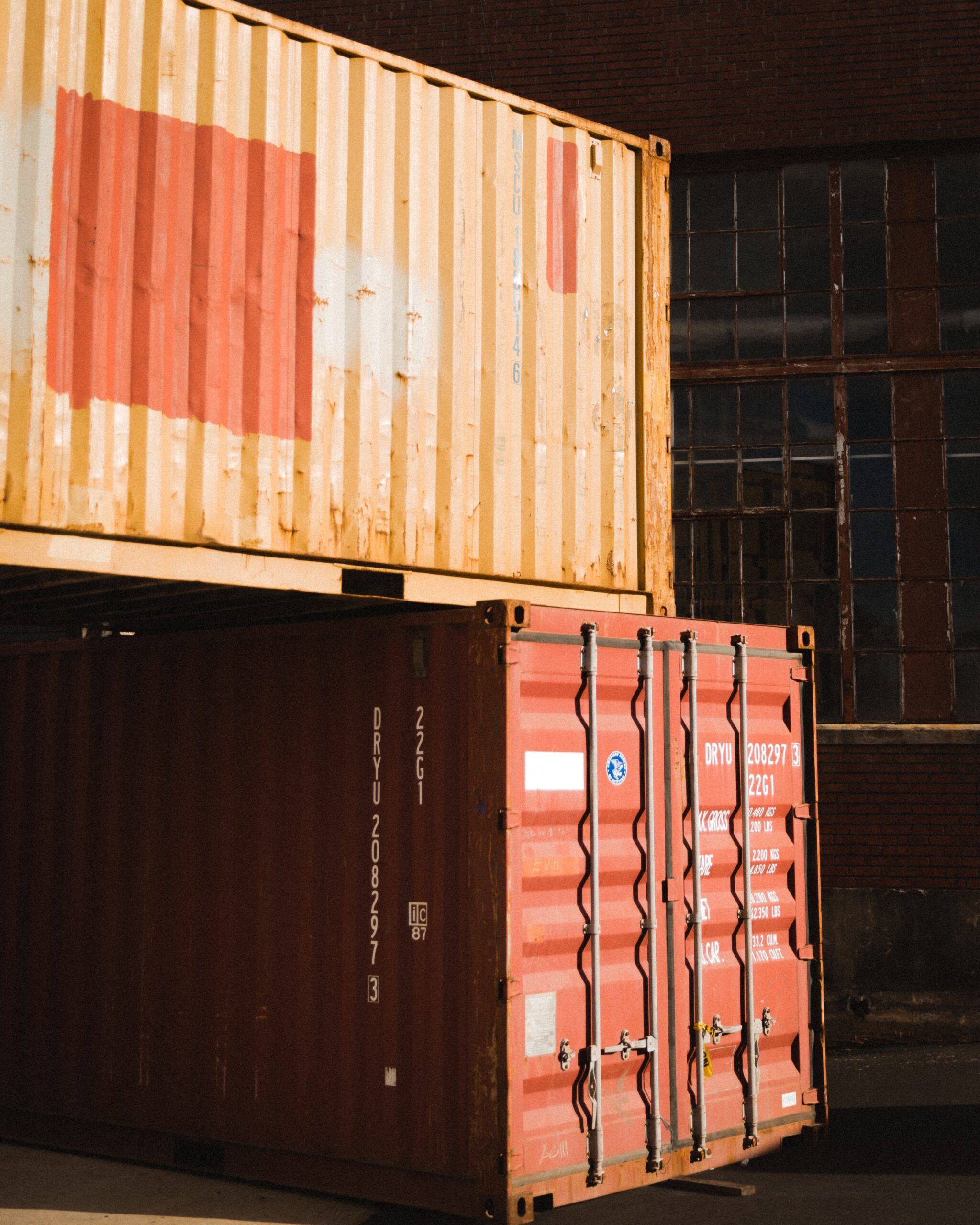What can economic indicators tell us about what’s next for supply chains?
Scroll to find out more
Scroll to find out more

The economist John Galbraith once said, ‘The only function of economic forecasting is to make astrology look respectable’. Any one looking at the local and global economic chaos of the last three years would have to agree.
It’s no secret that supply chain leaders have had to get better at changing their plans. From the day-to-day hustle for space during the pandemic to following the mercurial tastes of the consumers, supply chain strategy is increasingly about keeping up with rapid shifts. Coming into 2023, we face a drastically different market from this time last year – rates are down, space is up, carriers are offering deals and all eyes are on the economy to see what happens next.
At the risk of falling victim to the same hubris Galbraith decried, we sat down with Richard Lim, Chief Executive of Retail Economics, and shipping expert Chantal McRoberts, Director of Advisory at Drewry, on our weekly podcast Freight to the Point to understand what’s going on today, and what that means for supply chains.
The global economy has seen a rapid deterioration over the past year, with multiple factors contributing to its weakened prospects. Richard highlights three key factors:
“Consumer confidence remains near record low levels – deeper than they were during the depths of the pandemic, deeper than they were during the global financial crisis.” explains Richard. For an economy like the UK that relies heavily on consumer spending, this cash crunch has serious effects.
However, there are reasons for cautious optimism. “Towards the end of last year, the prospects for a deeper recession and longer recession were probably more likely than where we are today,” says Richard. Indeed, since the end of 2023, the pound has regained ground and December spending figures gently outperformed expectations. But while the UK may yet avoid a formal recession, supply chain leaders will still need to prepare for a more stringent environment.
Supply chain teams are on the front line of any economic shift, as businesses try to predict, plan for and match demand. With the cooling economy, the focus has moved from the contant race for space and rates, to targeting cost containment and service predictability and quality.
As shippers and carriers react to the changing market, Chantal highlights three key trends:
While destocking has been a major trend, shippers who are more insulated from demand fluctuations have been taking a more sanguine approach – using the current lull to focus on areas that were neglected during the pandemic. “Our clients are not talking about completely destocking. They are more concerned now about reliability, moving the cargo where it needs to go, maybe thinking about newer markets, or if there is an opportunity, or thinking about consolidation – refocusing on strategic initiatives because they completely went out the window.” says Chantal.
While much of the world has moved into a stable, contained phase, one region remains a concern for shippers and manufacturers especially – China. The move away from zero-Covid has the potential to disrupt production, shipping and logistics in a country that is still responsible for over a quarter of the world’s output.
“We’re seeing some of our clients who have complex regional volumes really needing to focus on [origin management] to refine their supply chain and make it more efficient,” says Chantal. “They’re getting the cost savings on the ocean freight side. They now need to look at the other end, which is the right thing to do.” Key focus areas include:
While the overall outlook isn’t as gloomy as at the end of 2022, the picture is still likely to be a mixed one. While some sectors, such as food, luxury and pharmaceuticals, have built in resilience, others will see contractions before things improve.
“What we’re expecting to see is a squeezed middle. There will be parts of the retail sector that will suffer from consumers cutting back more than other areas.” says Richard, “There is a real pressure on profitability. And what that means is that retailers and businesses are taking a forensic view on their costs.”
In her work with shippers, Chantal highlights four strategies they can use to manage their cost base going forward:
Zencargo has worked with leading brands to help them build reliable, data-driven supply chain planning and execution processes, based on real-time information and implemented by our global network.
While no-one can say for certain what the economy has in store for supply chains, the lessons of the last few years are clear. When the market moves, it’s the businesses with the right support, data and flexibility who are able to move faster, whether it’s to avoid risk or capture opportunities.
To find out more about Zencargo can help you navigate whatever the future brings, get in touch with our team today.

In Focus: An update on U.S. tariffs The de minimis exemption for Chinese and Ho...

In Focus: Tariff turbulence continues to disrupt Escalation in U.S. tariff poli...
